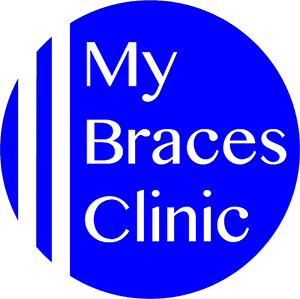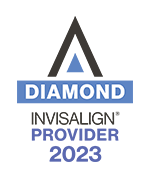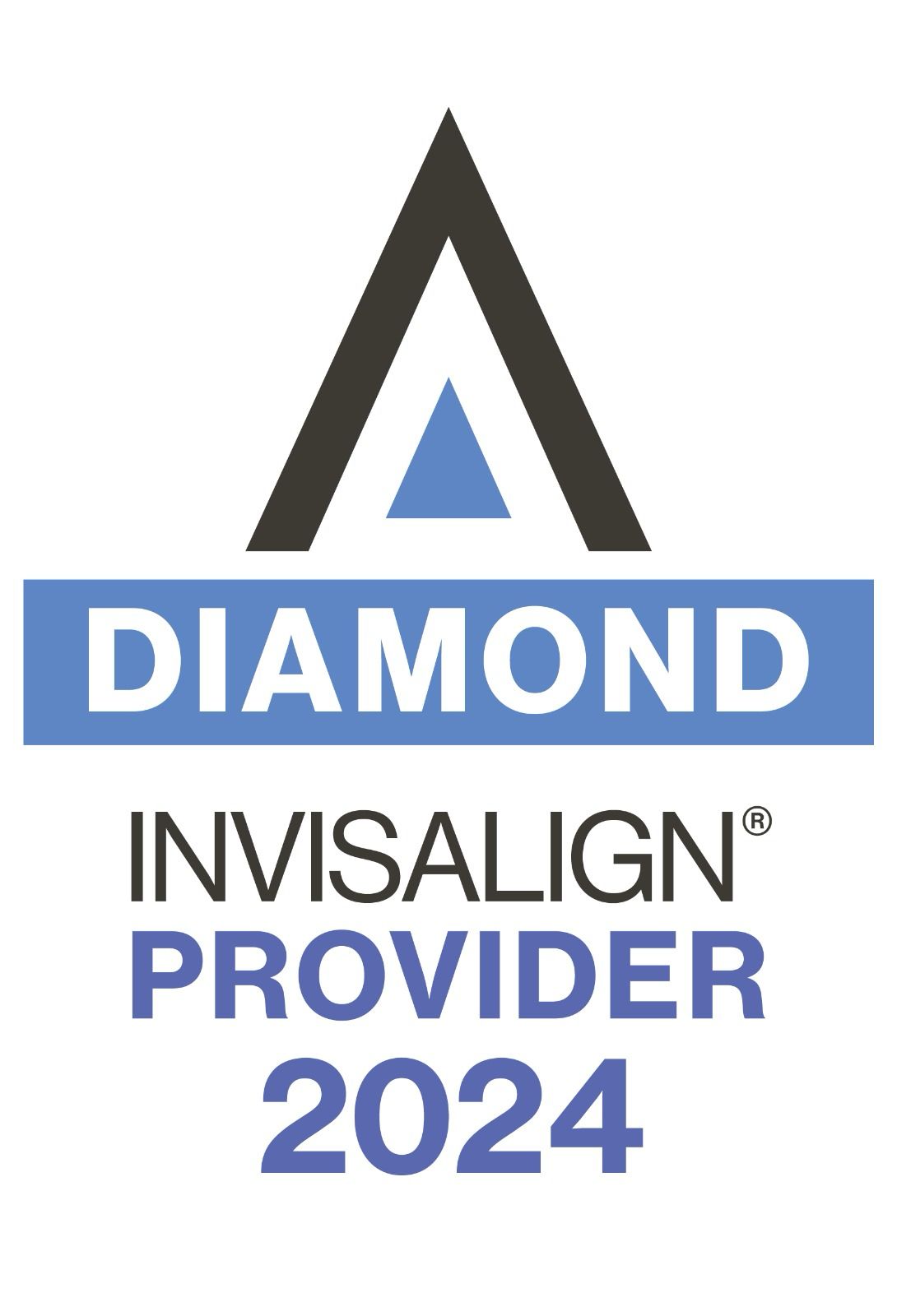A Clear Solution for Protruding Front Teeth
Protruding front teeth are one of the most common reasons parents bring their child to see an orthodontist early.
But when should treatment begin? Here are a few key questions we consider:
Is the condition causing functional issues such as difficulty biting or speaking?
Has there been previous trauma, such as repeated injuries to the front teeth?
Is it affecting the child’s self-esteem or causing psychosocial distress?
Will early intervention make future treatment less complex?
If the answer is yes to any of the above, early treatment to reduce protrusive front teeth is recommended.
What is Invisalign with Mandibular Advancement?
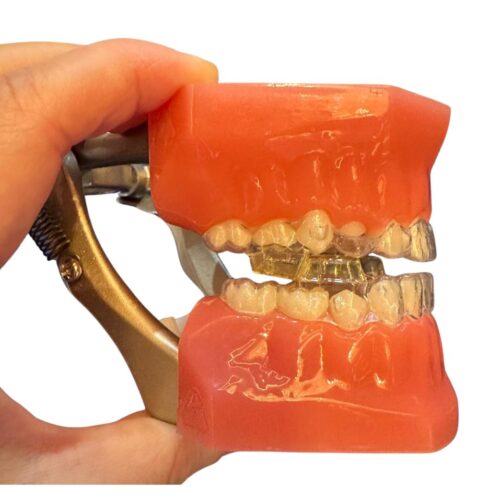
Invisalign’s Mandibular Advancement is a form of dentofacial orthopedics designed for growing teens with Class II malocclusion—where the lower jaw is positioned further back than ideal.
This treatment combines clear aligners with integrated bite-jumping features to guide jaw growth while aligning the teeth.
Since 2017, Invisalign has used Precision Wings (Invisalign MA) to gently posture the lower jaw forward.
In 2025, Invisalign introduced mandibular advancement occlusal blocks (Invisalign MAOB) to further enhance mandibular positioning and support more efficient bite correction, all within a clear, comfortable aligner system.
WHAT MATERIAL IS Invisalign MAOB MADE OF?
Invisalign aligners and MAOB are made from Align’s SmartTrack material, and the system incorporates both SmartForce features and SmartStage technology.
Invisalign mandibular occlusal blocks are solid components of SmartTrack material reinforced with laser welding to ensure structural rigidity and durability throughout treatment. This minimizes the risk of crushing from biting forces.
Invisalign’s SmartForce features aim to efficiently transfer force vectors, couples and moments from aligners to teeth. SmartStage plans these force movements at strategic times. Together, these elements are designed to deliver more predictable tooth movement.
WHAT ARE THOSE YELLOW BLOCKS FOR?
These yellow blocks are called Mandibular Advancement Occlusal Blocks and is designed to allow for vertical bite opening and enables the mandibular advancement phase to begin earlier—even for patients with deep bites or Class II Division 2 patterns.
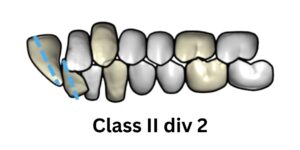
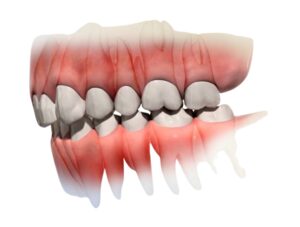
Previously, these cases often required a pre-advancement phase to open the bite. With solid occlusal blocks, many of these patients can now have a shortened, pre-mandibular advancement phase or proceed directly into mandibular advancement for greater treatment efficiency.
Key Benefits:
- Simultaneous bite correction and alignment
- More comfortable and aesthetic than bulky metal appliances
- Reduces reliance on elastics in cases with shorter clinical crowns
- Removable and easy to clean
- Fewer emergency visits
Ideal Candidate for Invisalign Class II Treatment:
A teen in their growth spurt
Retrognathic Class II bite (lower jaw set back)
Deep overbite less than 7mm
In late mixed or early permanent dentition
HOW DOES INVISALIGN MAOB WORK?
Invisalign Mandibular Advancement Occlusal Blocks’ (Invisalign MAOB)design is inspired by the Class II functional appliance for short lower jaw called the Clarke Twin Block. When wearing Invisalign MAOB, the opposing bite blocks engage and posture the lower jaw in the forward direction. Over time, the goal is to redirect lower jaw growth and temporomandibular joint remodeling to support a change in the facial profile in growing teenagers.
If the lower jaw needs to postured over a large distance (overjet), Invisalign MAOB can be designed to have a series of forward jumps to breakdown this movement into smaller, more comfortable and practical steps.
Conclusion
Think your child may benefit from Invisalign MAOB?
Book a consult with us at MyBracesClinic—we’re happy to guide you through all the clear options.
